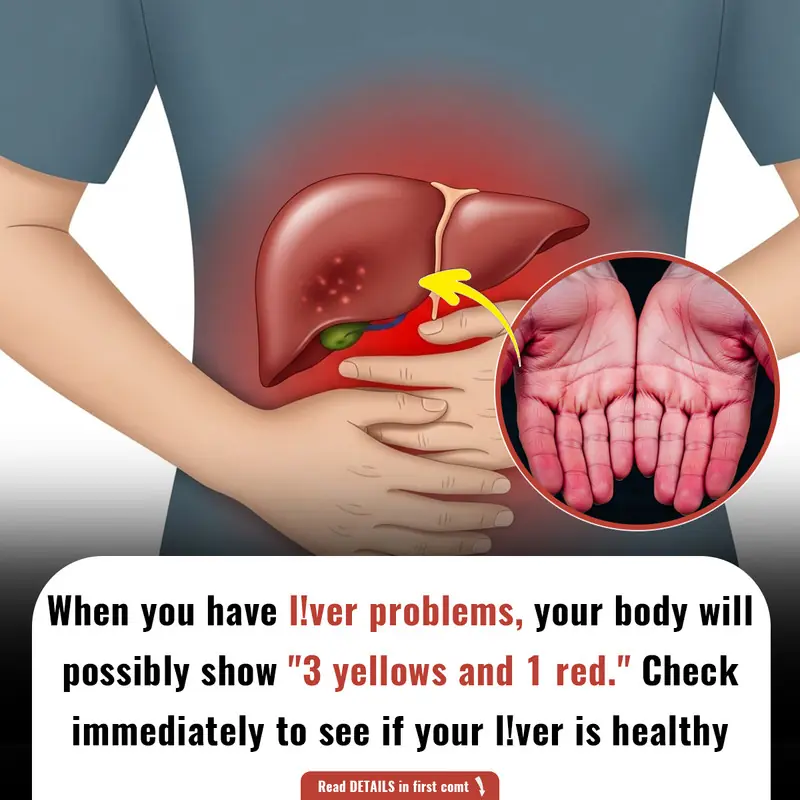
How to Tell the Difference Between Naturally Ripened Durian and Chemical-Ripened Ones
Durian, known for its distinctive smell and rich texture, is a favorite for many. However, with an increasing number of durians being artificially ripened using chemicals, it’s essential for consumers to distinguish between naturally ripened durian and those treated with chemicals. Here’s how to identify them:
1. Examine the Stem (Cuống)
-
Naturally Ripened Durian: The stem is often still fresh and green, firm to the touch, and slightly moist. You may notice a slight crack around the stem as the fruit ripens naturally.
-
Chemically Treated Durian: The stem of a chemically ripened durian tends to be dry, brown, or shriveled, often indicating that the fruit was harvested early and exposed to chemical treatments to induce ripening.
2. Smell the Aroma
-
Naturally Ripened Durian: The smell of a naturally ripened durian is rich, aromatic, and sweet with a savory touch. It’s a strong, pleasant scent that lingers in the air and intensifies as you approach the fruit.
-
Chemically Treated Durian: Chemical-treated durians may lack that distinctive, natural aroma. They might have a faint or sharp scent that is unpleasant and artificial, sometimes even pungent.
3. Inspect the Shell and Spikes
-
Naturally Ripened Durian: The shell of a naturally ripened durian will be a dull yellow or brownish hue, and the spikes of the shell may begin to open slightly, revealing the fruit's flesh inside.
-
Chemically Treated Durian: The shell will typically stay green or bright yellow with tightly packed spikes. The shell may look more polished or perfect, but lacks the natural signs of ripening.
4. Check the Flesh After Opening
-
Naturally Ripened Durian: The flesh inside is typically soft, creamy, and sticky with a rich golden color. When you take a bite, you will experience a naturally sweet, smooth, and intense flavor.
-
Chemically Treated Durian: The flesh may appear bright yellow but often has a rubbery or dry texture. It can be fibrous or less creamy and lacks the smooth, rich flavor of a naturally ripened durian.
5. Weight and Texture
-
Naturally Ripened Durian: Naturally ripened durians tend to be lighter than artificially ripened ones because the flesh has expanded and the air pockets inside are more prominent. When held, it will feel less dense and more delicate.
-
Chemically Treated Durian: The artificially ripened durian may feel heavier and more solid because the fruit has not fully matured inside, and the flesh has not developed the same air pockets.
6. Price and Source
-
Naturally Ripened Durian: These durians are typically more expensive due to the longer ripening process and the fact that they can only be harvested at the right time.
-
Chemically Treated Durian: If the durian is priced unusually low, especially during off-seasons, it may be a sign that it was chemically ripened. Always buy from reputable vendors to avoid purchasing fruit treated with chemicals.
7. Taste Test
-
Naturally Ripened Durian: The taste is sweet and creamy with a rich, complex flavor. The bitterness that some people find in durian is subtle, and the fruit’s overall flavor profile is balanced.
-
Chemically Treated Durian: The flavor of chemical-treated durian may be off-putting, with an unnatural sweetness or even a slightly bitter aftertaste. It might lack the depth of flavor found in naturally ripened durian.
Additional Tips:
-
Buy from Trusted Sellers: Stick to vendors who specialize in durians and have a reputation for selling naturally ripened fruit.
-
Check for Recent Harvest: When buying durian, try to purchase fruit that has recently been harvested. This ensures it has had the chance to ripen naturally.
-
Avoid Pre-Cut Durian: Pre-cut durian loses freshness quickly and is often a sign that it has been stored for too long.
Conclusion:
Identifying naturally ripened durian from one that has been chemically treated is not difficult if you know what to look for. By examining the stem, smell, shell, and texture, and being mindful of the fruit’s source and price, you can ensure you’re getting the best durian to enjoy its full flavor and health benefits.
News in the same category

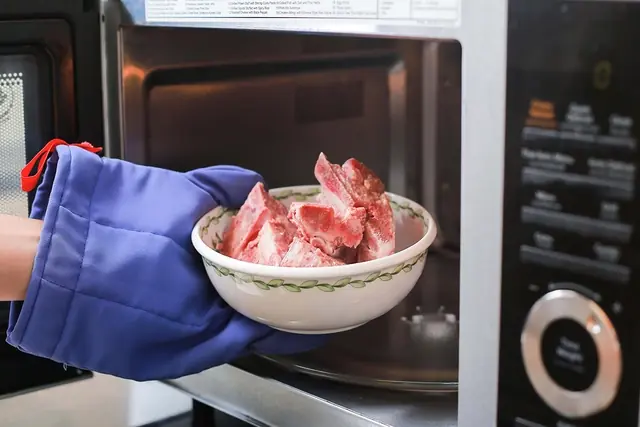
4 Common Meat Thawing Mistakes That Could Put Your Family's Health at Risk

Doctor reveals two little-known signs of skin cancer that everyone misses
Along with the more obvious signs such as changes in moles, these hidden symptoms should be taken seriously.

Why You Should Unplug the Hotel TV Immediately After Checking In

Doctor warns of alarming health risks of sleeping with a fan on during a heatwave
As the heatwave looms and temperatures continue to rise, it is essential for individuals to consider the hidden health risks associated with sleeping with a fan on.
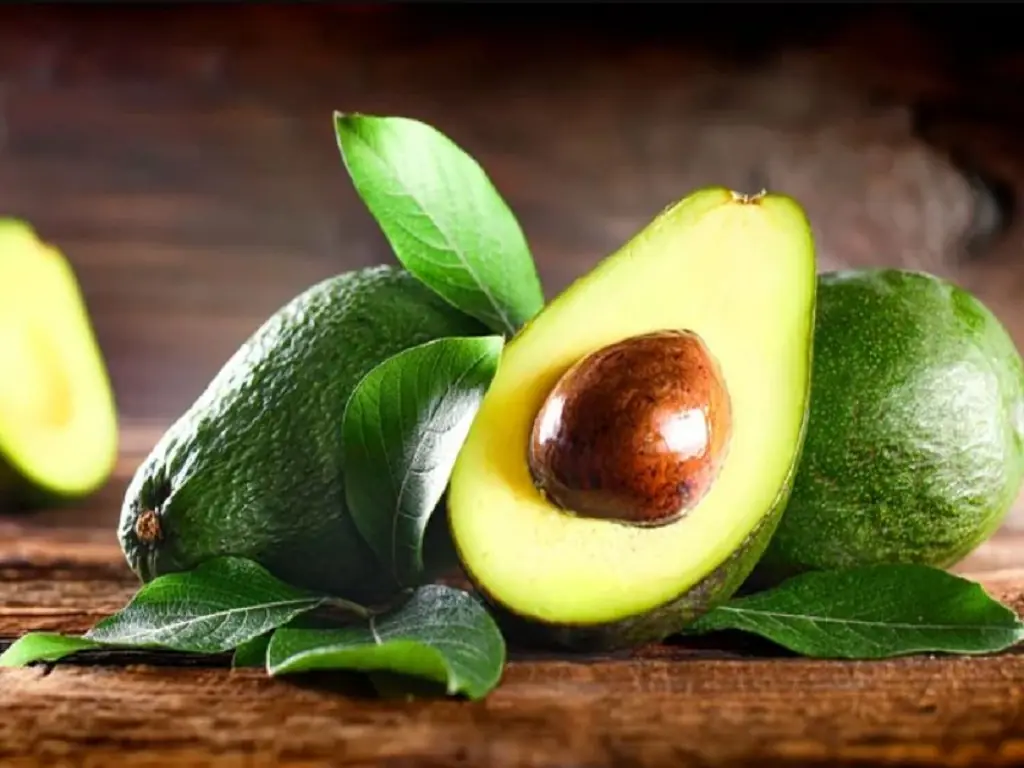
How to Keep Ripe Avocados Fresh and Creamy for Days
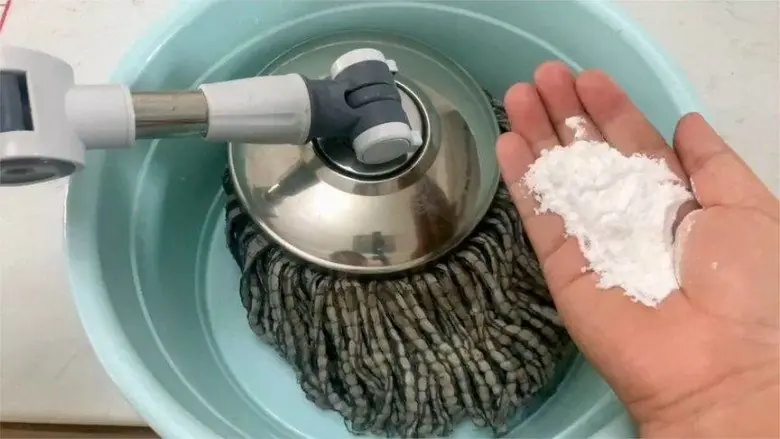
Secret cleaning tip: how to keep your floors clean and dust-free for seven days

3 Simple Items That Help Save Electricity for Your Fridge

The Silent D@nger: 4 'Healthy' Vegetables That Can H@rm Your Kidneys
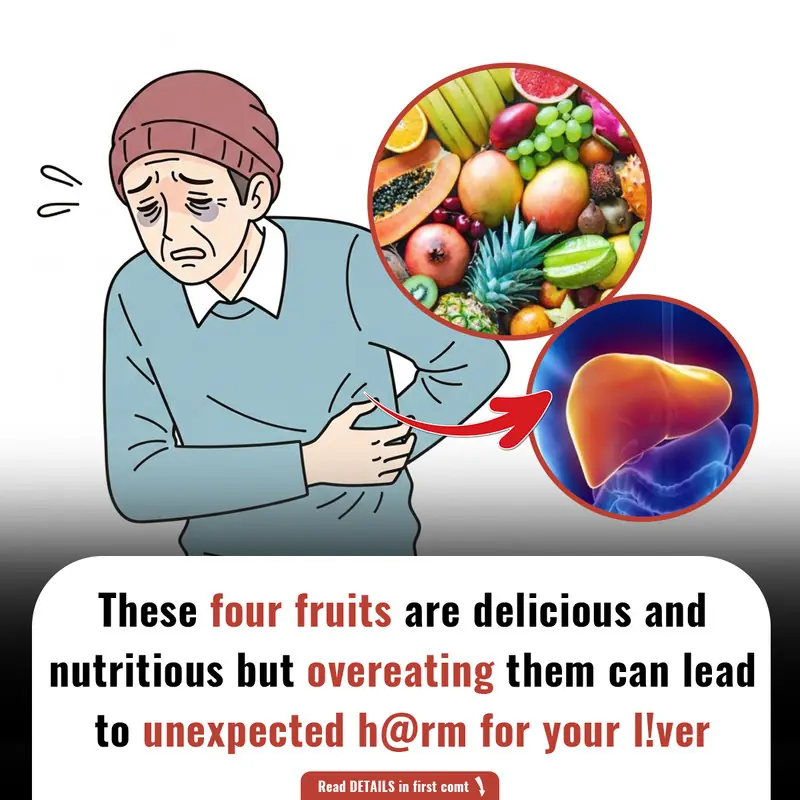
Top 4 Fruits to Limit for a Healthier Liver

Why Smart People Never Set Their Air Conditioner to 26°C at Night

How to Position Your TV in the Living Room for Optimal Health and Wealth
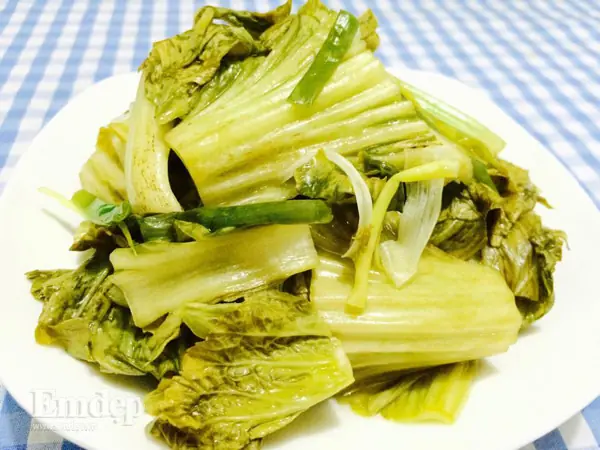
Hidden D@ngers on Your Dinner Plate: 3 Common Vegetables That May Be D@m@ging Your Digestive Health

Doctors warn just one glass of this drink a day could increase risk of being diagnosed with cancer
A doctor in New York City has discovered a worrying trend between a drink almost two-thirds of Americans enjoy and an aggressive cancer.

Many Confuse This Plant with a Weed, But It’s Actually Full of Surprising Health Benefits
From providing omega-3 fatty acids to supporting heart, bone, and kidney health, purslane offers a wide range of benefits.

Doctor reveals the one sound people make that means they have under 24 hours left to live
This phenomenon is most commonly observed as the person drifts in and out of consciousness, and their breathing becomes more labored.

Don't Underestimate This Common Feature of Rice Cookers: It Could Be Harmful to Your Health

Smart People Know This Trick: Save Up to 50% on Your Monthly Electricity Bill by Adjusting Your Air Conditioner

Why Smart People Often Insert a Key into the Door When Sleeping: A Simple Habit with Big Benefits
News Post

DIY 3 Seed Drink For Losing Weight Fast: Natural, Effective, and Easy to Make
By combining cumin, fennel, flaxseeds, carom seeds, and ginger, you can support your body’s natural fat-burning processes, improve digestion, and reduce bloating. This natural remedy is affordable, easy to make, and free from harmful chemicals.

3 Yellow Signs and 1 Red Flag: Check Now to See If Your Liver is Healthy

4 Common Meat Thawing Mistakes That Could Put Your Family's Health at Risk

Ancient Indian Hair Oil Remedy: Get Crazy Hair Growth Naturally
The ingredients in this ancient Indian remedy work together to nourish and revitalize the scalp, providing your hair with the nutrients it needs to grow strong, thick, and beautiful.
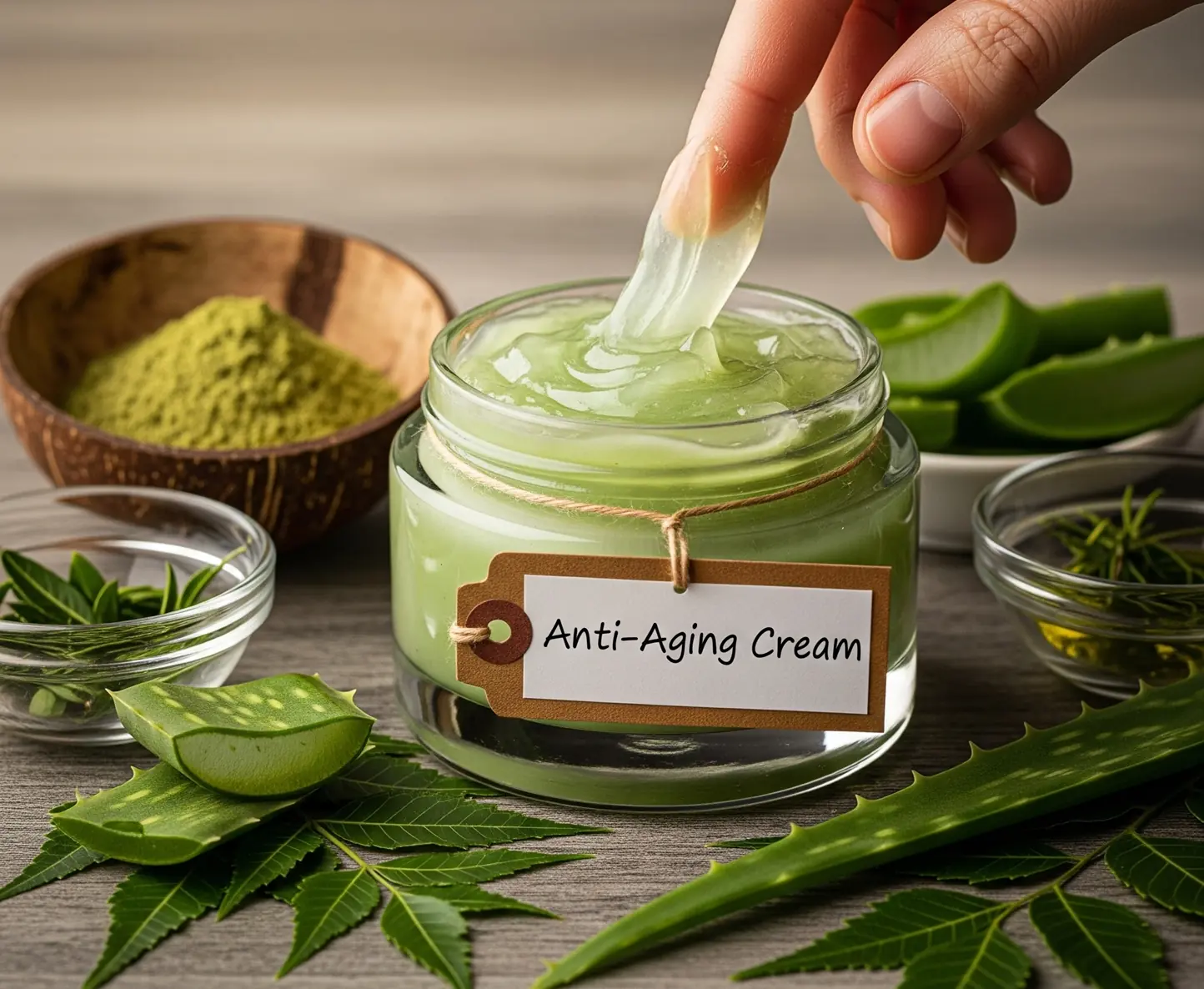
Homemade Neem Gel for Clear and Flawless Skin: Your Ultimate Natural Solution for Acne, Blemishes, and Aging
Incorporating neem gel into your skincare routine is a simple and effective way to achieve clear, healthy, and radiant skin.

Doctor reveals two little-known signs of skin cancer that everyone misses
Along with the more obvious signs such as changes in moles, these hidden symptoms should be taken seriously.

Why You Should Unplug the Hotel TV Immediately After Checking In

Doctor warns of alarming health risks of sleeping with a fan on during a heatwave
As the heatwave looms and temperatures continue to rise, it is essential for individuals to consider the hidden health risks associated with sleeping with a fan on.

How to Keep Ripe Avocados Fresh and Creamy for Days

Secret cleaning tip: how to keep your floors clean and dust-free for seven days

Homemade Eye Roll To Get Rid Of Dark Circles: The Ultimate Natural Remedy for Dark Circles
The homemade eye roll remedy we’ve shared today combines the soothing, brightening, and hydrating powers of olive oil, aloe vera, lemon zest, and raw milk to help reduce puffiness, lighten dark circles, and restore the vitality of the delicate skin arou

3 Simple Items That Help Save Electricity for Your Fridge

The Silent D@nger: 4 'Healthy' Vegetables That Can H@rm Your Kidneys

Top 4 Fruits to Limit for a Healthier Liver
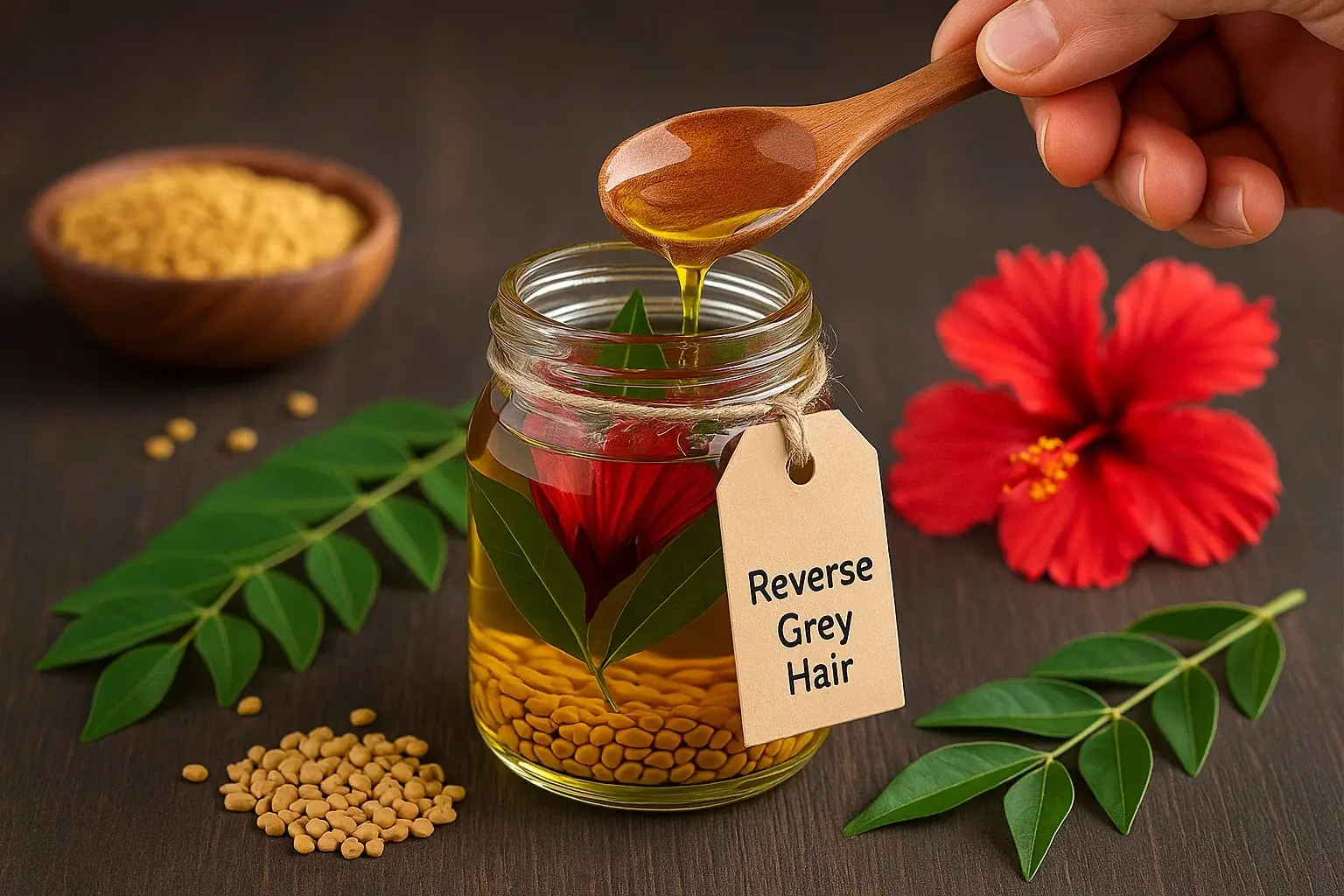
Natural Remedy to Reverse Grey Hair: Unlocking the Secrets to Rejuvenate Your Hair Color
This DIY remedy offers a holistic approach to hair health-nourishing from within and the outside.
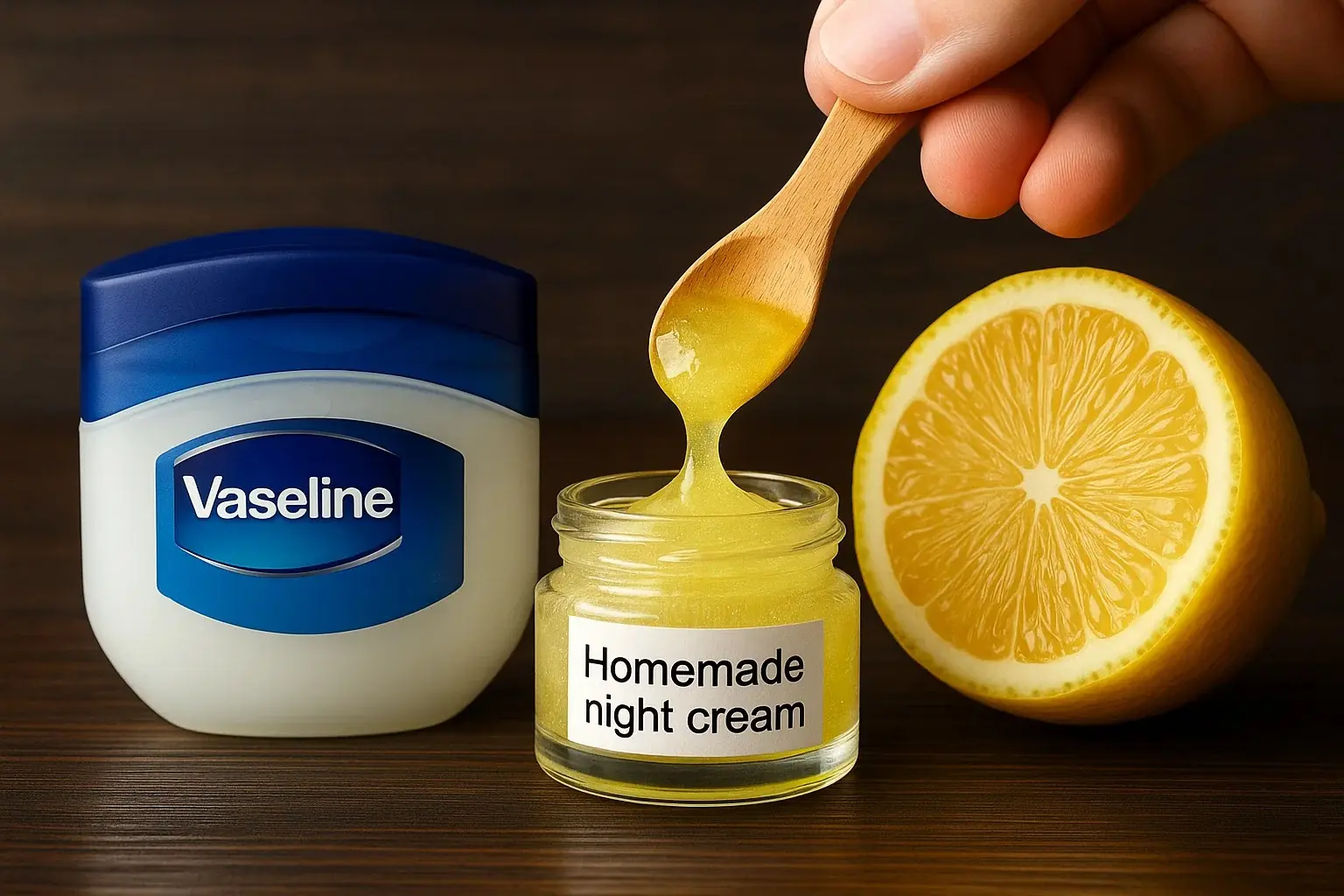
5 Powerful Ways to Use Vaseline for Anti-Aging: Natural Remedies for Smoother, Wrinkle-Free Skin
Try these 5 homemade Vaseline treatments today, and enjoy youthful, wrinkle-free, and radiant skin with the power of nature!
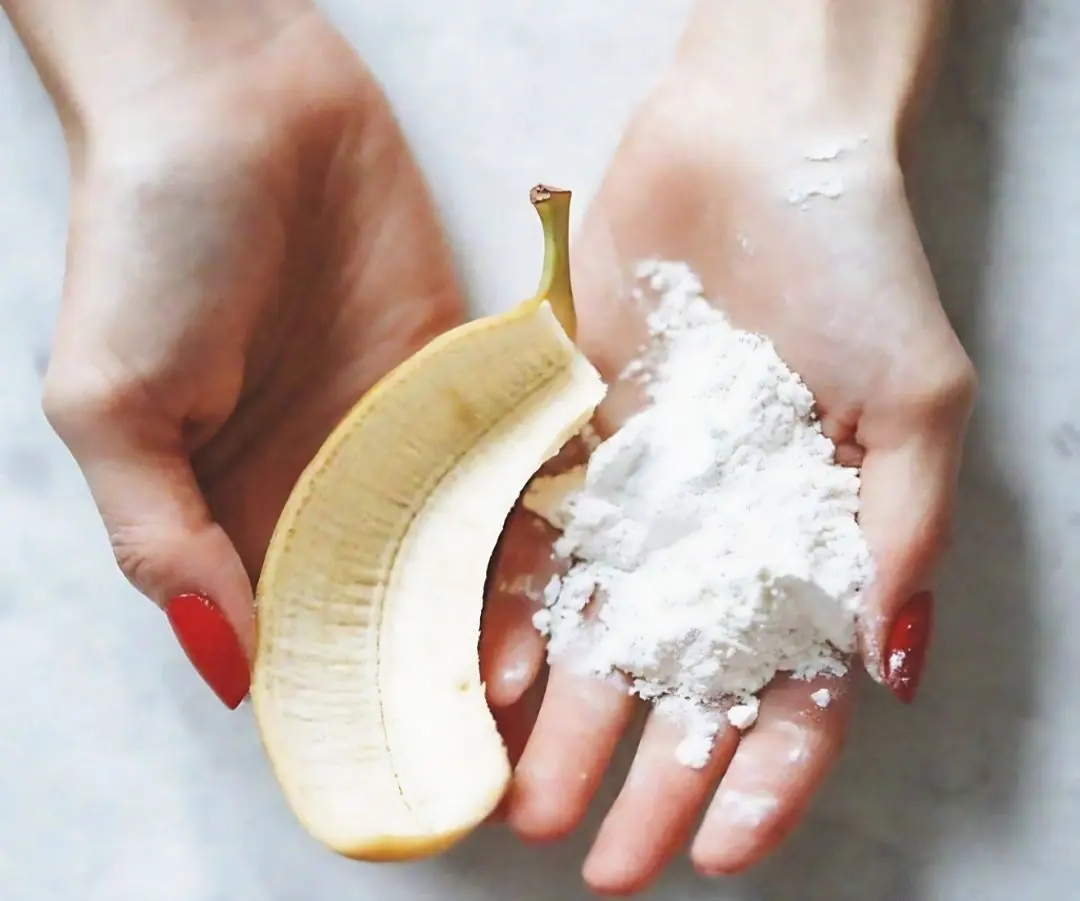
Erase Wrinkles and Achieve Glowing Skin Naturally: The Ultimate Banana Face Pack for Youthful Radiance
By incorporating natural ingredients like banana peels, rice, cornstarch, and lemon juice, you can nourish your skin and achieve a radiant, youthful complexion without harsh chemicals or expensive treatments.

Why Smart People Never Set Their Air Conditioner to 26°C at Night
